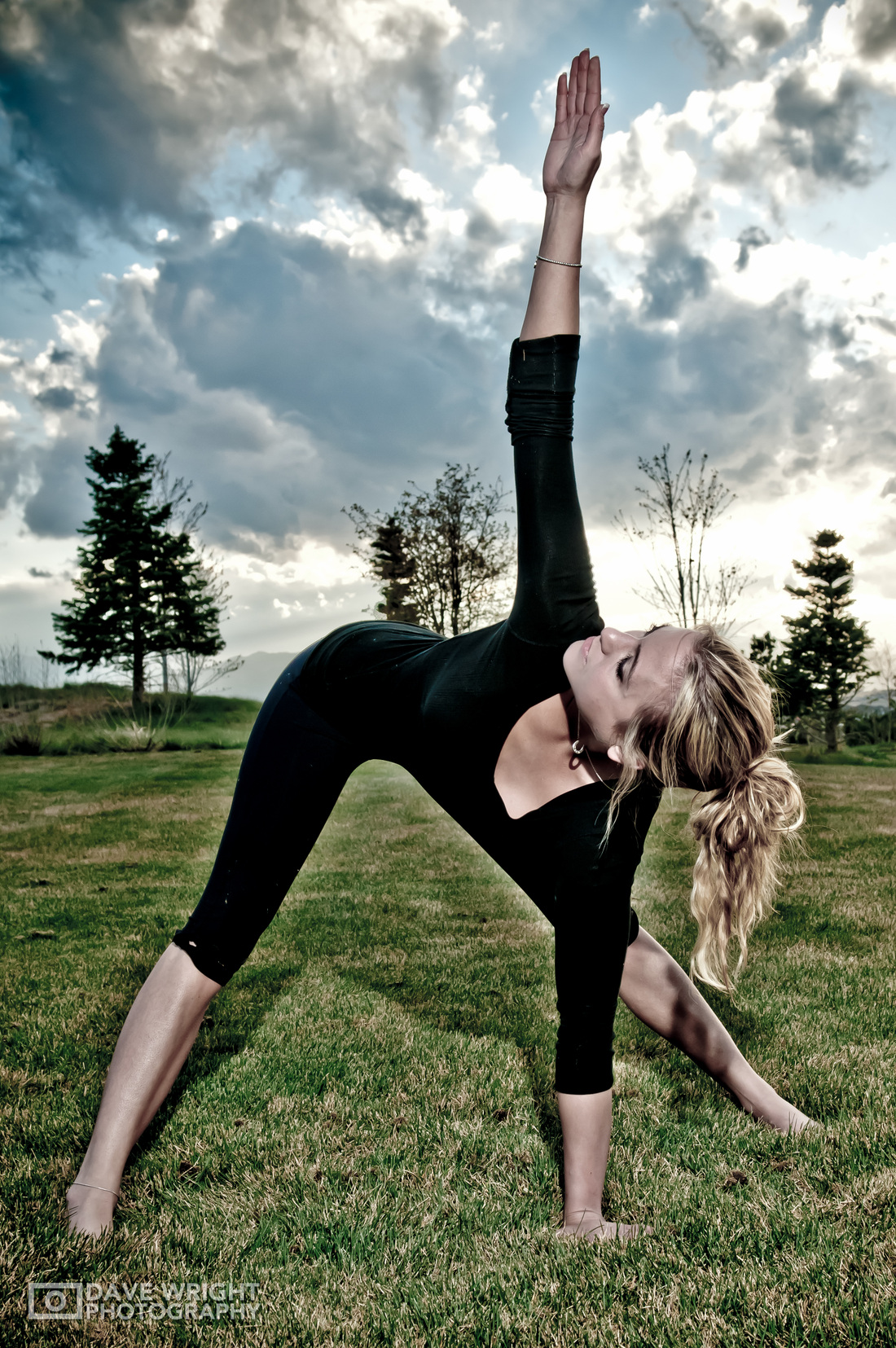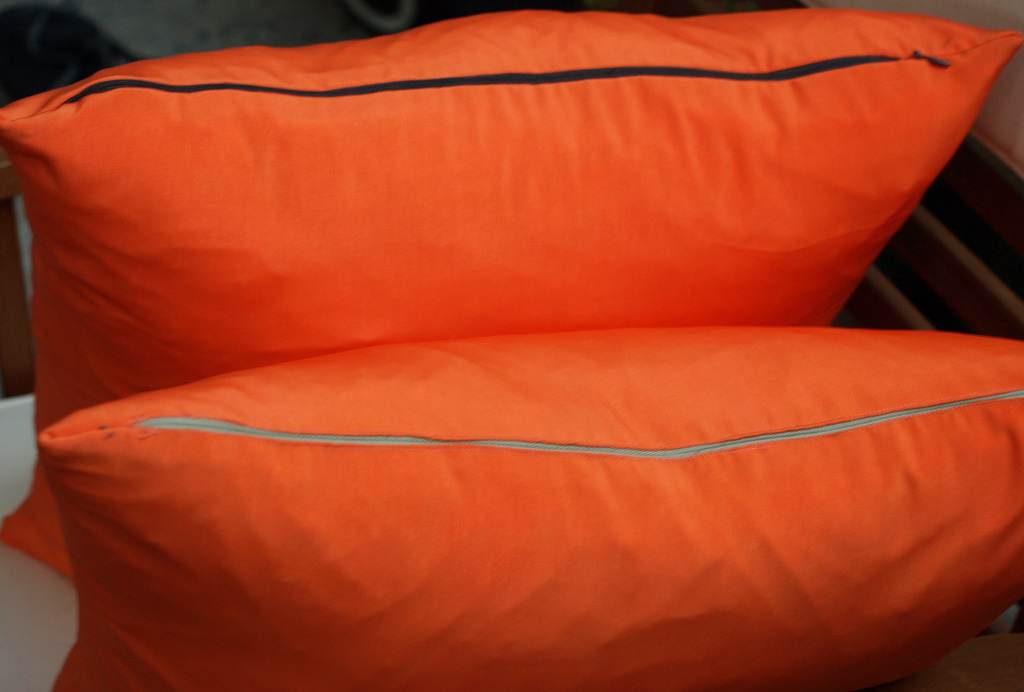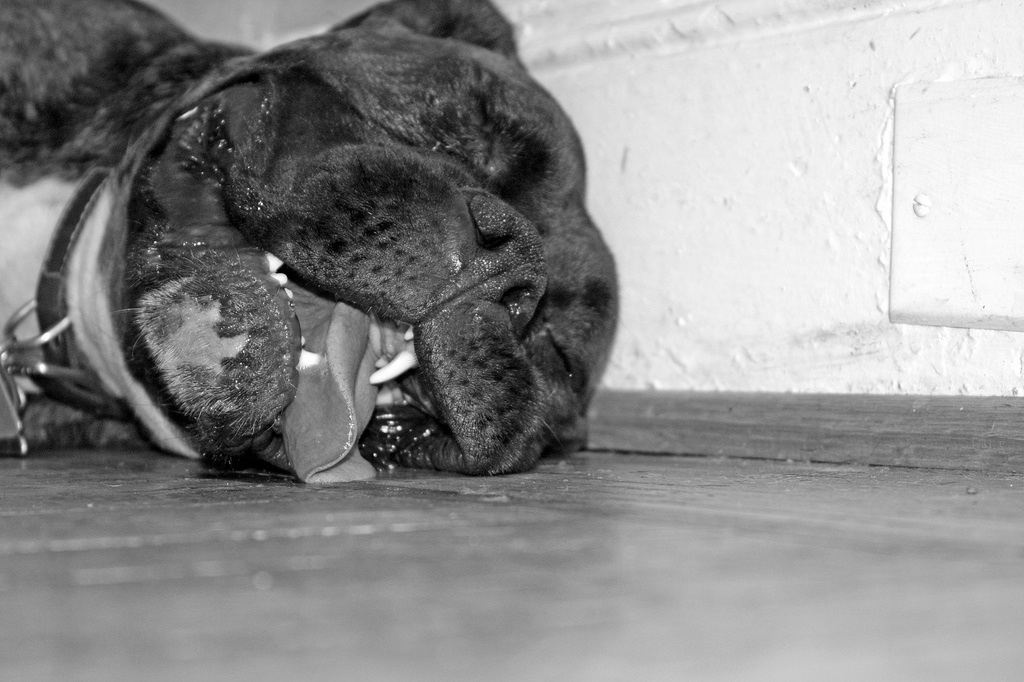|
One of the exciting things about yoga, at least I think, is that it has so many options and not one practice is the same as another. This week's practice was slightly out of the ordinary such that it was on a different day of the week and time of day than "the usual". Flexibility, in many senses of the word, was the theme of my week! So when I started my "out of the ordinary" practice this week, I was delighted to enjoy this pose so much. Revolved Standing Wide Leg Forward Bend (Parivrrta Prasarita Padottanasana) was a welcomed addition to my day. Being that my body is moving differently it was nice that this pose just felt like home or in a better sense, normal. Just what I needed!
Revolved Standing Wide Leg Forward Bend, as you can deduct, is a forward bend that helps release the back, neck and groin. It is known to calm the mind and relieve stress, anxiety and mild depression. With the addition of a twist, this pose allows for all the benefits of "wringing out the spine" such as stretching and strengthening the upper back and shoulders. Since the position is a wide stance, my belly was sure to fit! Most sources have indicated that major spinal twists (i.e., lumbar spine and above) are not recommended in pregnancy, but since the twist is generated from the thoracic spine, it isn't necessarily contraindicated. The twist is what delineates this pose from its' sister pose, wide leg forward bend. My only major hang up during this week's practice was the pose is not recommended when having sinus congestion (makes sense, with the head below the hips!). And this has been part of my week...Kleenex, anyone? However, the pressure was minimal but I could expect if I hung out in only the forward bend position for too long, it would have been uncomfortable. Yoga brings such calm and regularity to my week and life. And it always seems to just find its way in with the most needed pose! LW
0 Comments
Owning multiple yoga mats and straps is very useful as I've placed my props on both the main floor of our home and basement to allow "spontaneous" yoga as time permits. Well, in this week's case, having to share the house with my husband (what - I have to share!?! :) ), I practiced on the main floor. The only catch is that I don't have many blocks so they reside in the basement where most of my practice occurs.
So, instead of using blocks this week, when prompted by the new teacher and DVD, Yoga for Stress Relief, I used throw pillows instead. I was pleasantly surprised on how well they worked to assist in the poses. I might even have to go as far as saying they may have been more suitable for this practice as they were a welcomed soft place to land my "needed to be supported" body parts! Moving from mountain pose into a forward fold was the first time I was prompted to grab my "block". I opted to three stacked pillows (two firm and one soft) and slowly folded toward them. With flexible hamstrings, I typically can fold pretty far but once my head hit the pillows, it was an interesting sensation. The support of the pillows completely released my head and neck. There was no strain or pull that can sometimes occur when I just do an unsupported forward fold. As the sequence of forward folds continued, I moved into a wide stance forward fold and there too, allowed my head to rest on the pillows. Instantly, my head and neck relaxed again and I was able to focus on my low back and leg stretch than worrying about the "pain in the neck". The most, what I'd say, advanced forward fold that I did with support was a downward facing dog. This was a new adventure for me as I'd never thought to use a block in this pose. The pillows were placed just at brow line and my forehead rested on the pillow. This position was heavenly. The soft pillow allowed my face to sink down and soften whereas if it was a block I'm not sure I would have experienced that sensation. What felt like a second, I was instructed to move on whereas I could have stayed in that position for many minutes! It will be on my hit list to do again soon! The final pose that I did with the pillows was the bridge. The posterior pelvis rests on the block once it is lifted off the ground. I've done this pose in the past in more of a restorative practice and do find the pillows were not firm enough to get the intended stretch and restoration. Out of all the poses, this one would have probably been better with a block. Oh well, you never know until you try. So, lessons learned. Props rock! Pillows can act as a good, if not better prop than a block. And I continually need to be flexible (no pun intended) with my ever expanded and growing practice and journey as a teacher. Oh - and I guess sharing space with my husband should be listed too! How can you use your average throw pillows in your yoga practice? LW Has your life been a bit busy lately? Does it feel like its ramped up a notch? Are you feeling September fatigue yet?
Sad to say it, but I'm feeling it! For whatever reason, the slow paced summer has turned into the scheduled (over scheduled?) September and I don't even have children in school yet! I'm feeling the hustle and bustle and busyness of the Fall. So this week, I'm venturing into some of the therapeutic aspects of yoga. And asking the question, "what is/are the best yoga poses for fatigue?". Oh google, my friend, don't let me down! The top three (i.e., most common poses or yogic techniques) are as follows: 1. Bridge (Setu Bandha Sarvangasana) or Two Legged Table (Dwi Pada Pitham) I started my fatigue lifting practice this week with bridge. A supine back extension is a back strengthener but also a chest opener. I initially started with my hands on my mid back to support the position but found having my shoulders folded back with my arms straight (under my torso) was a better position for me. In the pose, I had time to contemplate, why was bridge recommended to cure fatigue. After practice and some reading, it realized that since it is such an opening pose, it allows for unrestricted breathing. And in some respects, taps into the three different locations of breathing considered in yoga (I don't fully understand that to date so I'll explore it in more detail in another post...). And beyond breathing, in Timothy McCall's book, Yoga as Medicine, he notes that bridge is thought to help with heart disease, via the assistance in developing collateral blood vessels. But of course, this is not necessarily backed by research evidence. Interesting nonetheless. 2. Wide Stance Forward Bend (Prasarita Padottanasana) I continued my practice with wide stance forward bend. I have to admit, this is one of my favourite poses. It is in almost direct opposition to bridge so it counteracted well in the sequence I followed. Being a forward bend, the back and hamstrings are stretched and the release is awesome (especially when you've got the flexibility). The only challenge was in the full pose, one's head rests on the floor. I have to admit, having a block with me would have made the pose better, but as time progressed I was able to get my head to the floor. Again, thinking about how does this pose relieve fatigue, it dawned upon me that it is all about blood flow to the brain. Gravity is a huge help to let blood come back to the brain in this pose. More blood equals more oxygen which equals energy. Pretty cool how this works! |
Aspiring Yoga TeacherI've practiced yoga since I was a pre-teen and have always found it to keep me centered. I will be a teacher one day and this is my journey to discover teaching and practice. Archives
April 2019
Categories
All
|
Edmonton, Alberta



 RSS Feed
RSS Feed